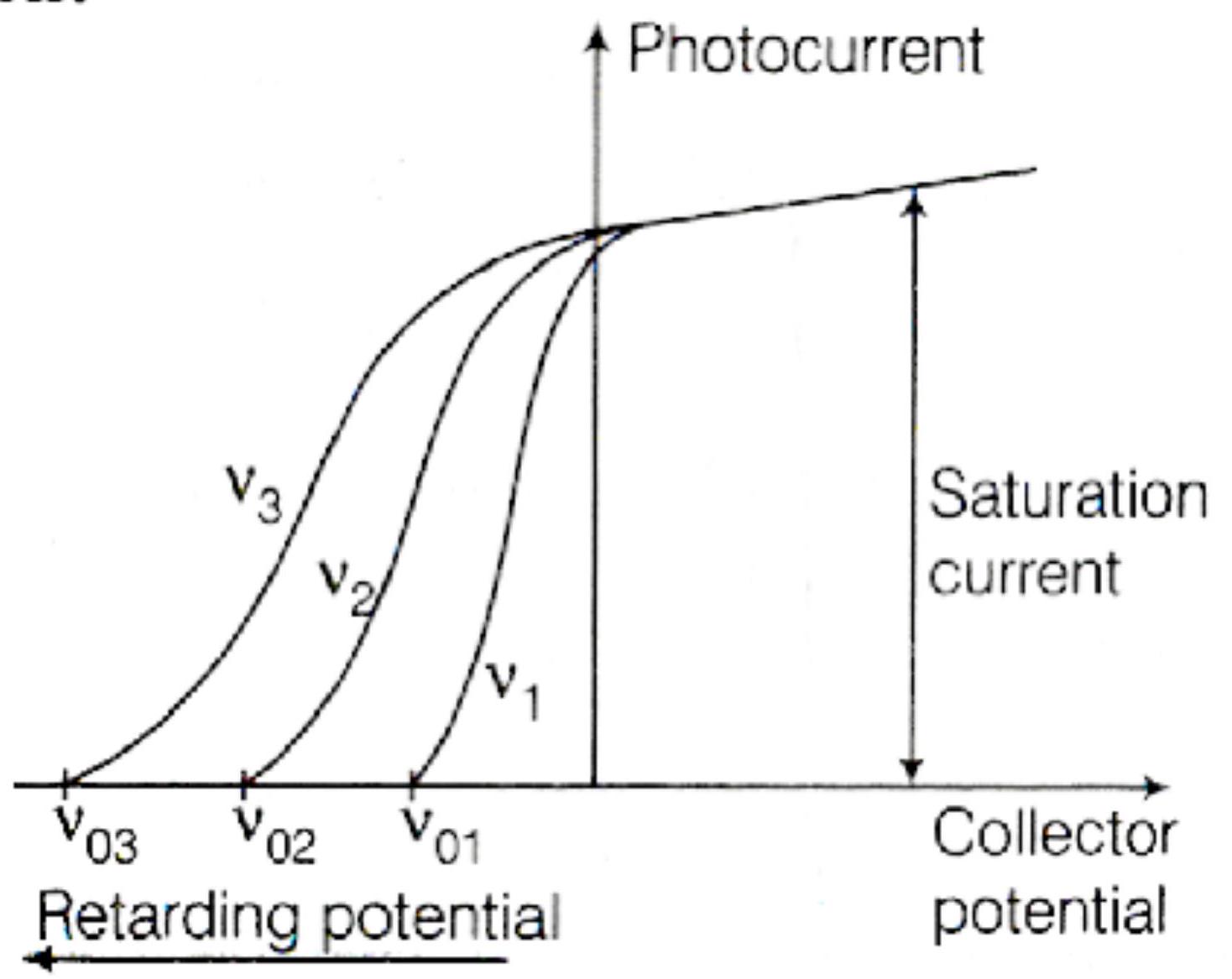142104 The work function of a certain metal is $3.31 \times 10^{-19} \mathrm{~J}$. Then, the maximum kinetic energy of photoelectrons emitted by incident radiation of wavelength $5000 \AA$ is (Given, $h=6.62 \times 10^{-34} \mathrm{~J}$ $\mathrm{s}, \mathrm{c}=3 \times 10^{8} \mathrm{~ms}^{-1}, \mathrm{e}=1.6 \times 10^{-19} \mathrm{C}$ )
142104 The work function of a certain metal is $3.31 \times 10^{-19} \mathrm{~J}$. Then, the maximum kinetic energy of photoelectrons emitted by incident radiation of wavelength $5000 \AA$ is (Given, $h=6.62 \times 10^{-34} \mathrm{~J}$ $\mathrm{s}, \mathrm{c}=3 \times 10^{8} \mathrm{~ms}^{-1}, \mathrm{e}=1.6 \times 10^{-19} \mathrm{C}$ )
142104 The work function of a certain metal is $3.31 \times 10^{-19} \mathrm{~J}$. Then, the maximum kinetic energy of photoelectrons emitted by incident radiation of wavelength $5000 \AA$ is (Given, $h=6.62 \times 10^{-34} \mathrm{~J}$ $\mathrm{s}, \mathrm{c}=3 \times 10^{8} \mathrm{~ms}^{-1}, \mathrm{e}=1.6 \times 10^{-19} \mathrm{C}$ )
142104 The work function of a certain metal is $3.31 \times 10^{-19} \mathrm{~J}$. Then, the maximum kinetic energy of photoelectrons emitted by incident radiation of wavelength $5000 \AA$ is (Given, $h=6.62 \times 10^{-34} \mathrm{~J}$ $\mathrm{s}, \mathrm{c}=3 \times 10^{8} \mathrm{~ms}^{-1}, \mathrm{e}=1.6 \times 10^{-19} \mathrm{C}$ )
142104 The work function of a certain metal is $3.31 \times 10^{-19} \mathrm{~J}$. Then, the maximum kinetic energy of photoelectrons emitted by incident radiation of wavelength $5000 \AA$ is (Given, $h=6.62 \times 10^{-34} \mathrm{~J}$ $\mathrm{s}, \mathrm{c}=3 \times 10^{8} \mathrm{~ms}^{-1}, \mathrm{e}=1.6 \times 10^{-19} \mathrm{C}$ )

